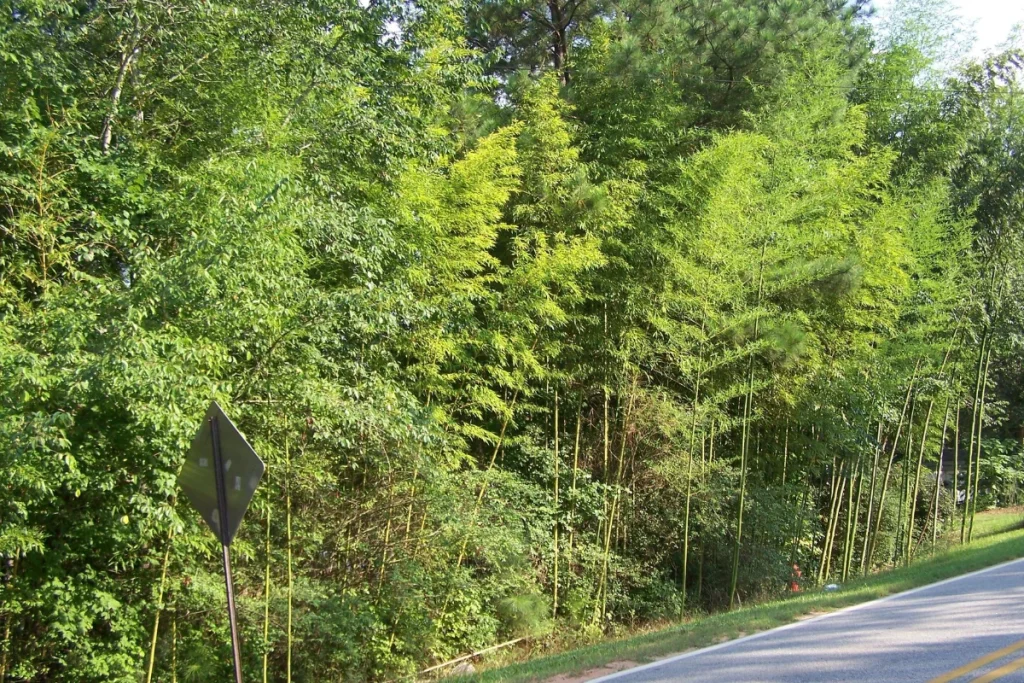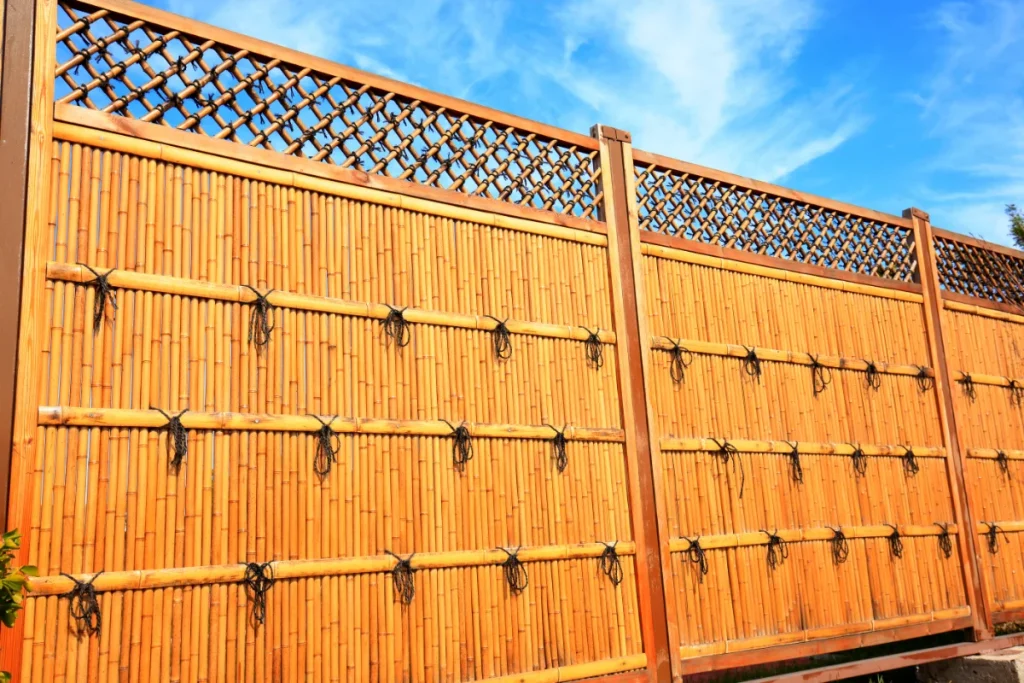
Significance of Bamboo: Steel of the Poor
Bamboo is an extraordinary plant with remarkable significance in various aspects of our lives. Some bamboo species can shoot up as much as 36 inches in a single day, making it the fastest-growing plant on the planet. This extraordinary growth, coupled with its flexible structure, underlines its significance. This article will delve into the bamboo world, exploring its cultural, ecological, and practical importance.
Bamboo Presence
Bamboo is not confined to a single corner of the world; it’s a versatile plant that thrives in many regions, from the lush forests of Asia to the tropical climates of South America and even parts of Africa. Its adaptability allows it to grow in diverse environments.
Bamboo isn’t a one-size-fits-all plant. There are over 1000 species of bamboo, each with its unique characteristics. Some bamboo species are towering giants, reaching heights of up to 130 feet, while others are dwarf varieties ideal for ornamental purposes.
How Does Bamboo Help Us?
Bamboo Importance for Building
Bamboo’s strength and flexibility make it an excellent choice for construction, and its utilization in various parts of the world is a testament to its remarkable properties. The unique structural characteristics of bamboo make it an excellent weather-resistant construction material.
One of the significant advantages of bamboo in construction is its inherent strength. Bamboo possesses a tensile strength greater than steel, making it an ideal choice for building materials. Bamboo is also called the steel of the poor. The natural strength of bamboo fibers, combined with its flexibility, allows bamboo to withstand the forces of nature, such as earthquakes and high winds.
In regions where bamboo is abundant, it has been used for centuries to create entire homes. Bamboo houses are renowned for their durability and resilience. They’re both environmentally friendly and cost-effective, offering a sustainable housing solution.

Bamboo scaffolding is another area where bamboo excels. In some parts of the world, bamboo scaffolding is common in construction projects, even skyscrapers. It’s remarkably strong, lightweight, and flexible, allowing workers to navigate challenging architectural designs safely.
Bamboo’s rapid growth and natural abundance make it a sustainable alternative to traditional building materials. Its cultivation and use reduce the pressure on timber resources and help combat deforestation.
Bamboo Importance for Making Stuff
Bamboo’s versatility extends to crafting, which involves many everyday items. Its eco-friendly attributes make it a popular choice for an array of purposes. Bamboo is used to produce high-quality paper that is sustainable and renowned for its strength.
Additionally, bamboo fibers are harnessed to create soft and breathable clothing and textiles. These products combine comfort and environmental responsibility, making bamboo a top choice for those who prioritize functionality and sustainability.

Bamboo Significance for Eating
Bamboo is not only a building material but also a source of nutrition. Young and tender stems of the bamboo plant, are a delicious and healthy addition to various dishes in Asian cuisine.
Bamboo shoots contain high proteins, amino acids, carbohydrates, important minerals, and vitamins. They bring a unique and crisp texture to dishes, making them a favorite in stir-fries, soups, and salads. With a subtle, earthy flavor, bamboo shoots add depth and character to various Chinese recipes.
Disclaimer!
Only a few species of bamboo are edible. Moso Bamboo is among the most well-known and widely cultivated edible bamboo species.
Bamboo Significance for the Earth
Beyond its service to humans, bamboo plays a vital role in protecting the environment. Its rapid growth rate is a potent weapon against deforestation and mitigates the carbon footprint. Moreover, bamboo’s extensive root system protects against soil erosion, positioning it as an eco-champion in safeguarding our planet.

Bamboo is crucial to maintaining a healthy balance of oxygen and carbon dioxide in the atmosphere. A bamboo grove releases 35% more oxygen than an equivalent number of trees. Because of this, planting bamboo is a great way to reduce your carbon footprint on Earth and help fight global warming.
Bamboo in Nature
Bamboo as a Plant
Bamboo’s uniqueness isn’t limited to its applications in human culture and the environment; it also shines as a fascinating plant in its own right. Its incredible growth rate is one of the most intriguing aspects.
Bamboo’s rapid and efficient growth is a testament to its adaptability and resilience, and it continues to leave its mark on ecosystems worldwide.
Animals that Like Bamboo
Bamboo’s significance goes beyond human utility; it’s a lifeline for numerous animals, including red pandas, lemurs, rats, and partridges. Perhaps the most iconic bamboo enthusiast is the panda. These lovable creatures primarily feed on bamboo, and their survival is intricately tied to its availability.
Additionally, bamboo provides shelter and sustenance for an array of bird species. These feathered friends utilize bamboo as nesting material, emphasizing its role in various ecosystems.
Fun Bamboo Facts
How Old Can Bamboo Get?
A bamboo grove, known for its rapid growth and resilience, can last a hundred years or more. An average bamboo cane may live up to 15 years depending on the species, but to generalize, 7 to 10 years is more common. This astonishing ability to stand the test of time showcases the plant’s endurance and unwavering presence.
Bamboo in Chinese Culture
Bamboo holds a cherished place in the hearts of the Chinese people, rooted deeply in their culture and traditions. It is considered the spiritual and cultural symbol of purity, modesty, restraint, and integrity.
Its strength and resilience mirror the qualities of an upright and honorable person. Bamboo’s ability to bend without breaking signifies adaptability, and its rapid growth signifies endurance. The bamboo’s green color represents vitality and new beginnings, while its hollow interior reflects modesty, an essential trait in Chinese philosophy.

Chinese calligraphy and painting often feature bamboo as a subject, portraying the harmony of nature and humanity. The gentle swaying of bamboo in the wind embodies the flow of life, reminding us to stay flexible and open-minded.
The popularity of the lucky bamboo houseplant reflects its role in Chinese culture. It is thought to bring good fortune and positive energy into homes, making it a common gift for various occasions, such as weddings, birthdays, and housewarming.
Conclusion
Bamboo is a plant of profound significance. It serves as a resource for human sustenance, protecting the environment, and symbolizing strength and culture. As we appreciate the beauty and utility of bamboo, let’s also remember the importance of conserving this remarkable plant. We should stand tall and resilient in safeguarding our natural world like bamboo.






